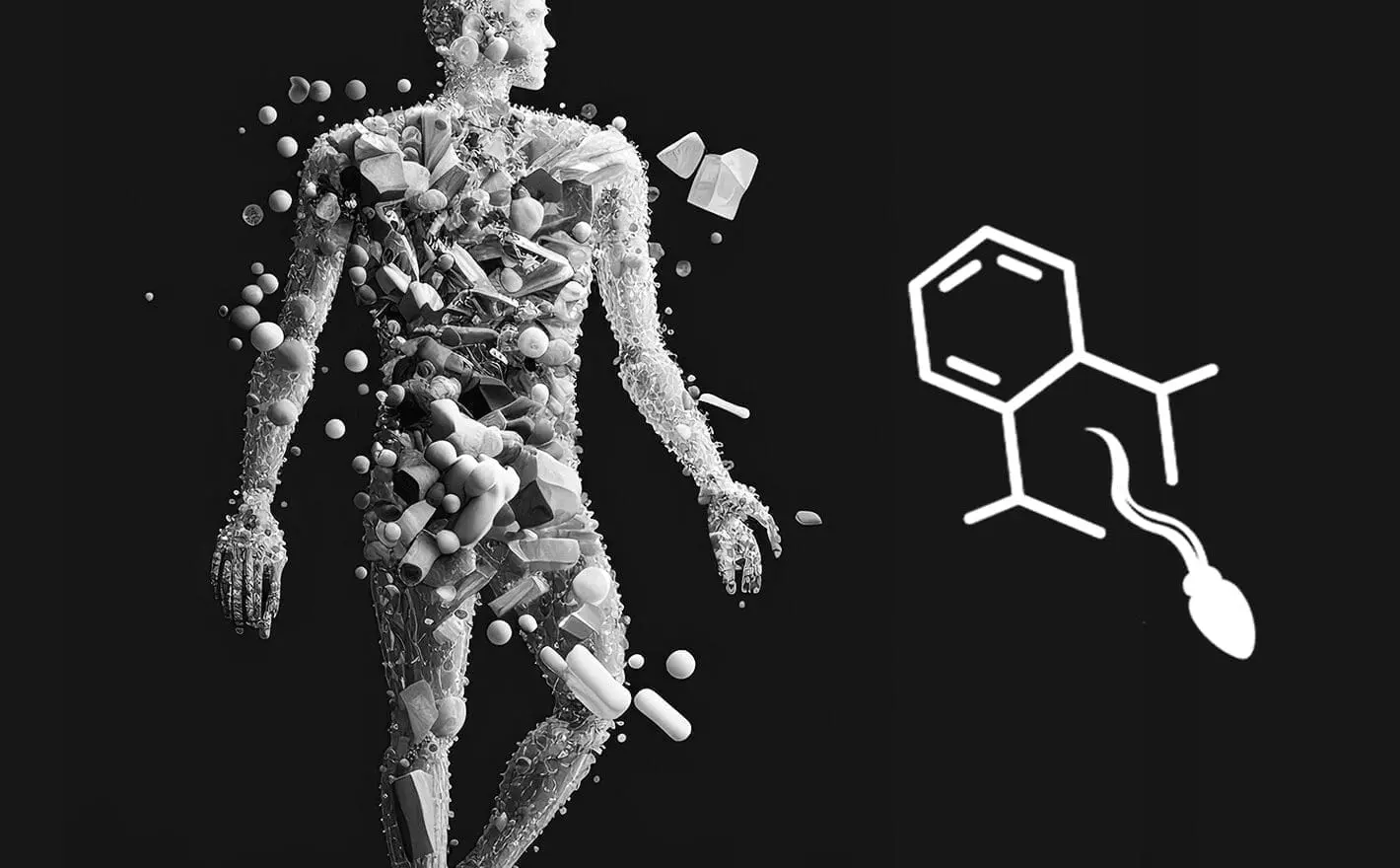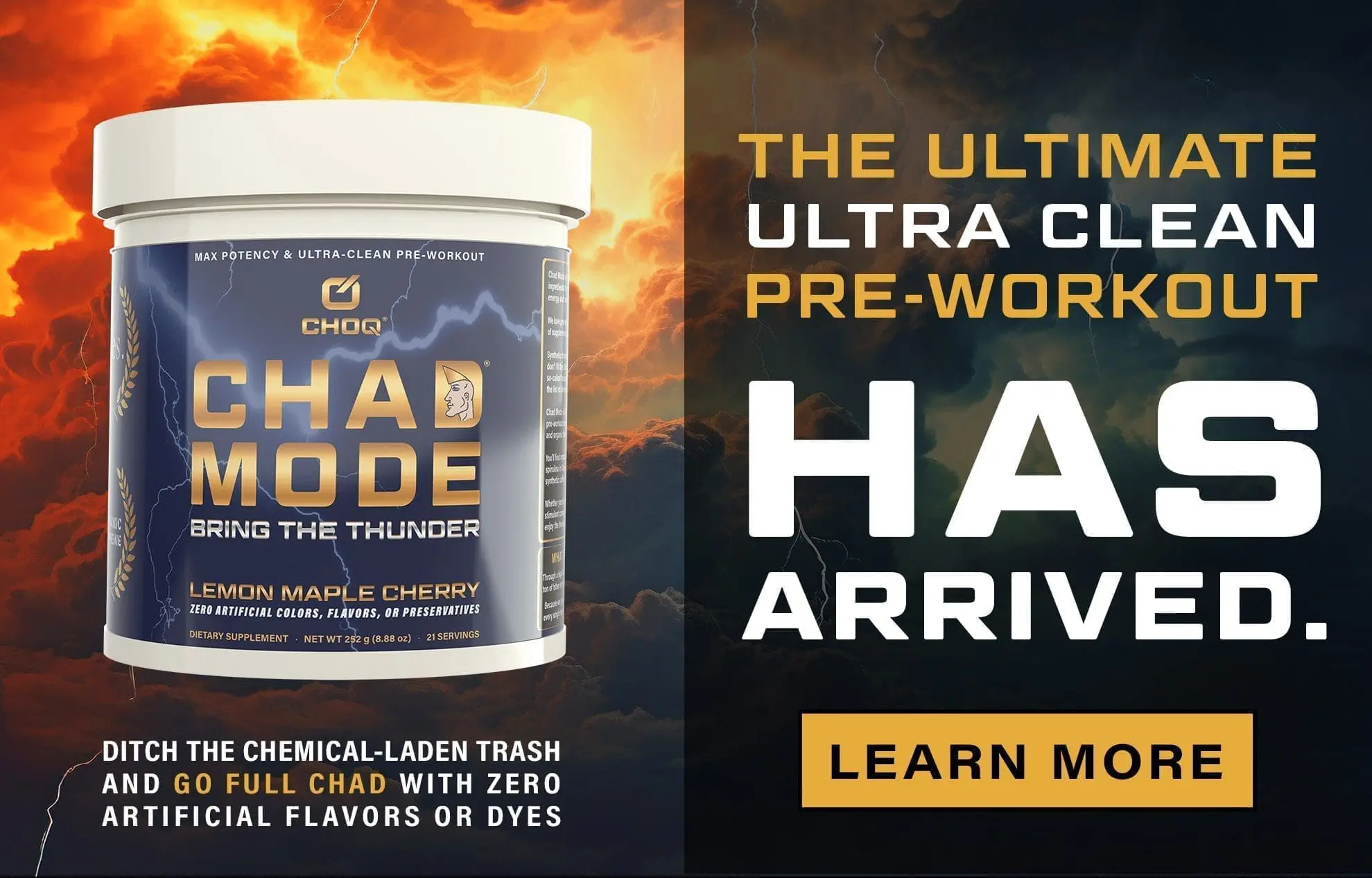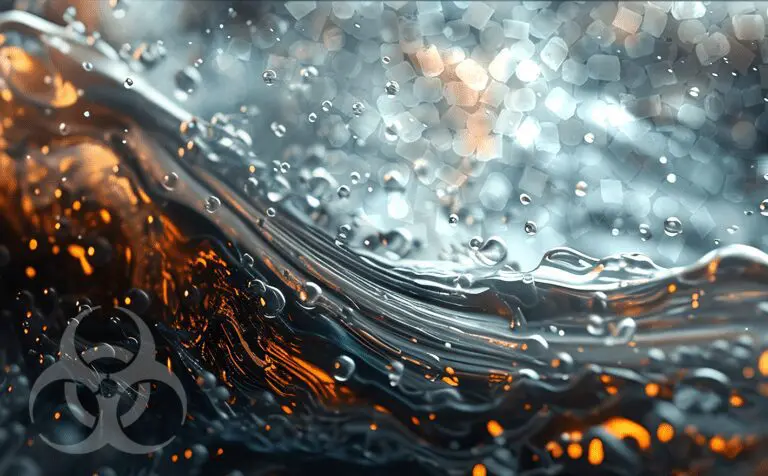While that may be somewhat terrifying, it’s also encouraging to see so much light being shed on such a critical topic that was relegated to the fringe until only recently. The dangers of microplastics are finally breaking into the mainstream because of studies like this one.
The study looked at 47 dog and 23 human specimens and found a grand total of 12 different types of plastic. The most prevalent microplastic detected was PE (polyethylene), followed by PVC (polyvinyl chloride), both of which are commonly used for a number of different purposes.
PE can often be found in plastic bags, bottles, and various containers, especially those for food. It’s also used in textiles like carpets, clothing, and upholstery. Given its wide array of uses–plus the fact that it accounts for over a third of the global plastics market–it’s not surprising that PE was the most prevalent polymer they detected.
PVC is also fairly versatile. Aside from its widely known use in plumbing, PVC it has a number of other uses, including medical devices, cable insulation, roofing materials, automotive upholstery, and many others.
They calculated the average microplastic concentration at 123 ppm (micrograms per gram). Given that a human testicle might weigh around 15 grams, that’s a little less than 2 milligrams of microplastics each. That may not seem like much, but any amount should of course be cause for alarm given how potent these toxins are.
Also, keep in mind that this is only one very small part of the body. To date, no one has attempted to measure microplastics in every different tissue type, so it’s quite possible that testicular microplastics are but the very small tip of a massive iceberg of toxicity.
There are various chemicals in microplastics that can ruin male vitality and fertility, but one that’s particularly well-known is a category of compounds called phthalates<.
What are Phthalates and what are they doing to us?
Referred to as ‘plasticizers’, phthalates are compounds that chemical engineers use to make plastics more durable. They’re found in both PE and PVC as well other plastics, suggesting that it’s likely that various different types of microplastics will have certain common effects, especially when it comes to hormonal health.
As we’ve written about previously, reproductive epidemiologist Dr. Shanna Swan has done incredible work exposing how phthalates can alter the formation of the genitals of newborn babies. In a popular episode of the Joe Rogan Experience, she discusses research in which she measured the amount of phthalates in both pregnant women and their newborns, then compared that to something called the ‘Anogenital Distance’ (AGD), which is the distance between the anus and the genitals.
The AGD is an important metric because it’s determined by the presence of testosterone during fetal development. It’s typically far longer in males than females, but phthalate exposure can shorten it in male babies. The presence of the compounds during gestation can thus have permanent effects, as AGD isn’t something that can change substantially after birth.
Are Microplastics sexually transmitted through sperm?
Considering that older men generally don’t detoxify as efficiently as younger ones, you’d expect to see higher quantities of microplastics according to age, but that’s not what the researchers found. In fact, they found no correlation between age and testicular microplastic content.
The possible explanation they offered should raise some eyebrows:
“The continuous renewal and release of sperm during spermatogenesis could help mitigate the buildup of microplastics over time. This hypothesis is supported by the presence of microplastic particles in human seminal fluid, suggesting a potential release mechanism during active spermatogenesis.”
In plain English, the researchers suggested that it’s possible that ejaculation is a way for the body to get rid of microplastics from the testicles.
While there’s not enough evidence yet to know for sure, given that microplastics are found in sperm, it’s possible that the body may be concentrating them there on purpose in order to detoxify them. It’s also then logical to consider that the frequency of ejaculation may have an effect on the amounts of microplastics in the testicles, but this is of course also just a hypothesis that needs to be tested.
Given all of this information, it’s fair to assume that microplastics can be sexually transmitted. We know that they’re in the sperm, so the only question is how much they’re absorbed by women through intercourse. That’s yet another amony many reasons for couples trying to conceive to work hard to reduce their exposure and employ natural detoxification strategies.
A brief overview of Microplastics
The current definition of a microplastic is any plastic particle smaller than 5 millimeters, but that’s confusing for many people, as ‘micro’ is typically used to refer to a millionth of something.
Going further, some of these particles are so small that they’re technically ‘nanoplastics’, meaning that they’re smaller than a billionth of a meter wide. Over time, larger bits of plastic can become smaller and smaller through friction, or particles can start off already extremely small, such as when microplastics diffuse directly into water from a plastic bottle left in a hot car.
If you’d like to learn more about the history and science of microplastics, you can check out this lecture by professor of Environmental Health Dr. Ian Mudway. In it, he discusses how companies that produced plastics for military applications during World War II (including plexiglass for aircrafts) had to pivot after the war ended, giving rise to an explosion of plastic products in the 1950s.
He also mentions a few less commonly known routes of exposure, including nylon tea bags. Dr. Mudway even went so far as to say that, if he designed a study and needed people with high levels, he’d use regular tea drinkers.
How to protect yourself from Microplastics
It’s important to understand all the different ways that you can reduce your exposure to microplastics.
Virtually everyone knows that plastic bottles are a major source, but we all do it once in a while. In particular though, if you know that the bottle in your hand was ever stored in a relatively hot environment, then put it down immediately and find some other way to hydrate yourself.
Also, given how much of a factor heat is when it comes to leaching, nobody should be eating anything that’s been microwaved in a plastic container. Do everything you can to avoid using any kind of plastic that comes into contact with anything you consume, especially if it’s hot.
Here’s a helpful list of some other ways you can reduce your exposure to microplastics:
- Vacuum your carpet frequently
- Research your cosmetics and body care products (buy the simplest, most natural ones you can find)
- Getting some air filters for your home, especially if it’s new or newly renovated
- Avoid clothing and bedding made from any kind of synthetic fibers
Of course, it’s not just about reducing the input. You’ve also got to increase the output.
Given the hundreds of thousands of chemicals that are in our environment (most of which have minimal if any safety testing) it’s critical to support natural detoxification if you want to preseve your vitality.
We’ve always been passionate about detoxification at CHOQ. That’s why we created APEX Glutathione, a blend of thirteen ingredients formulated according to their ability to promote the biochemistry of your body’s glutathione system and support healthy elimination of toxins.
APEX is way more than just liposomal glutathione. It’s also NAC, vitamins & minerals that are essential for detox, and adaptogenic herbs like bacopa, ginkgo biloba, and gynostemma which support glutathione in the brain and promote healthy cognitive function.
No matter what you do though, be sure to stay informed. In a world where new toxins are released into our environment on a regular basis, it’s essential to stay on top of new information so you can protect yourself and your family.






